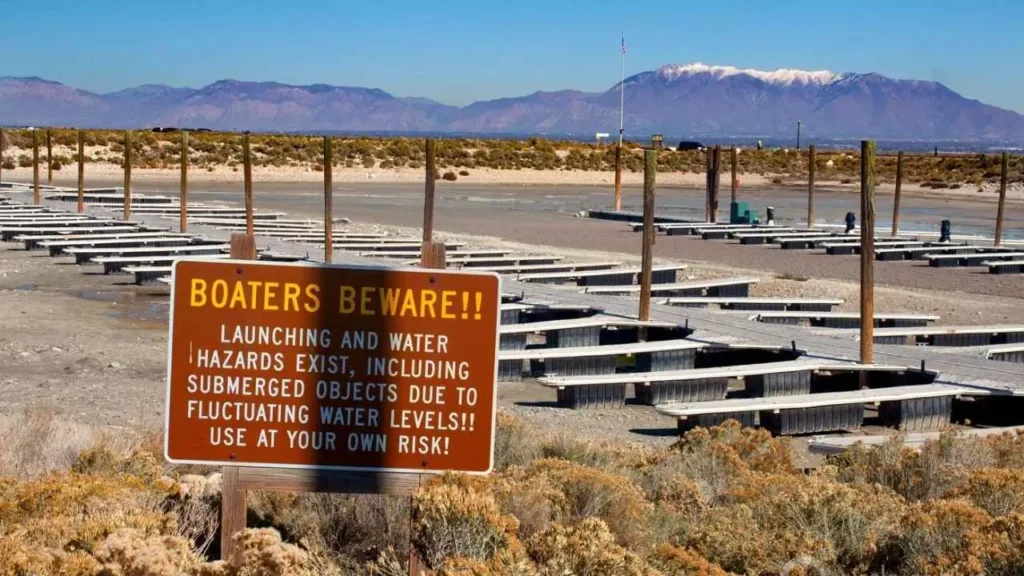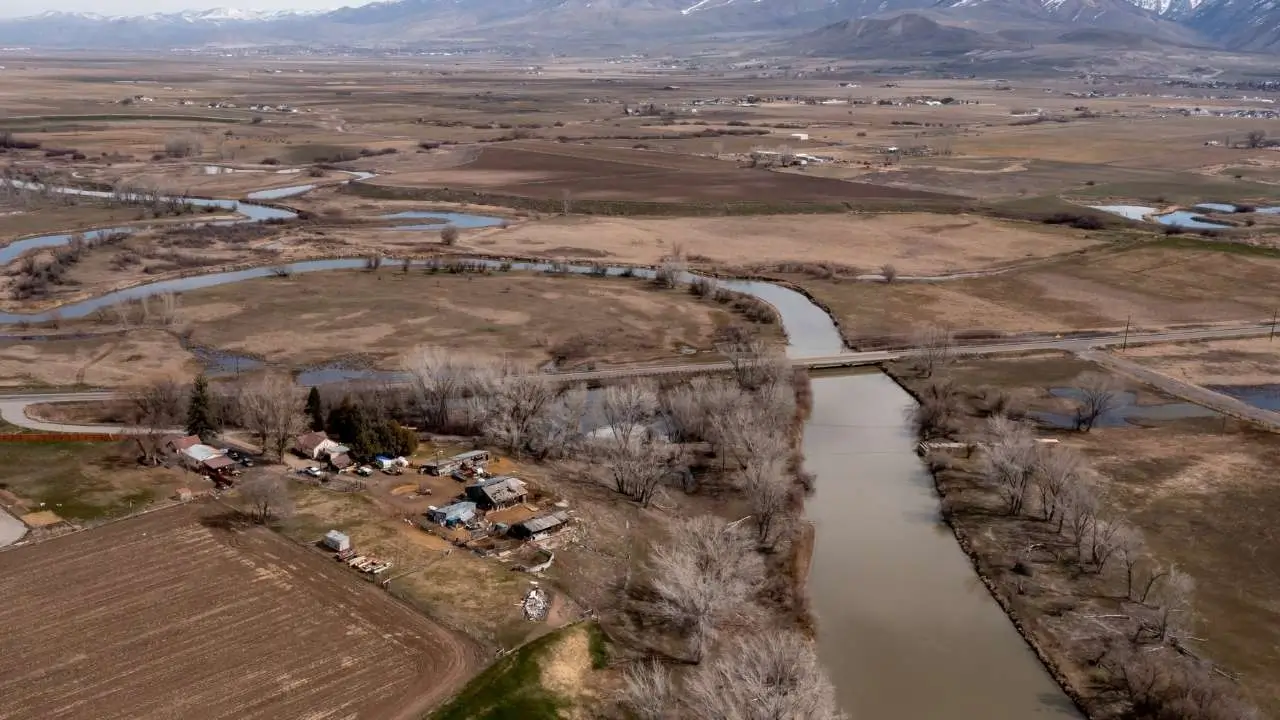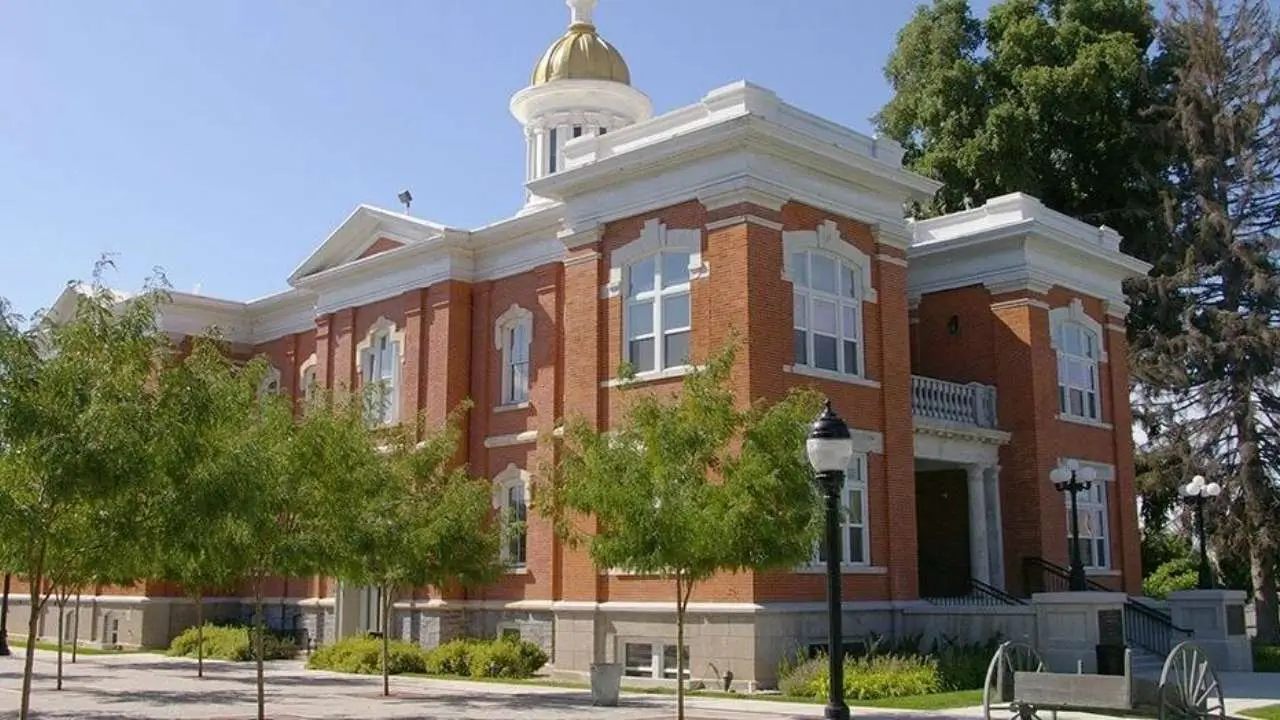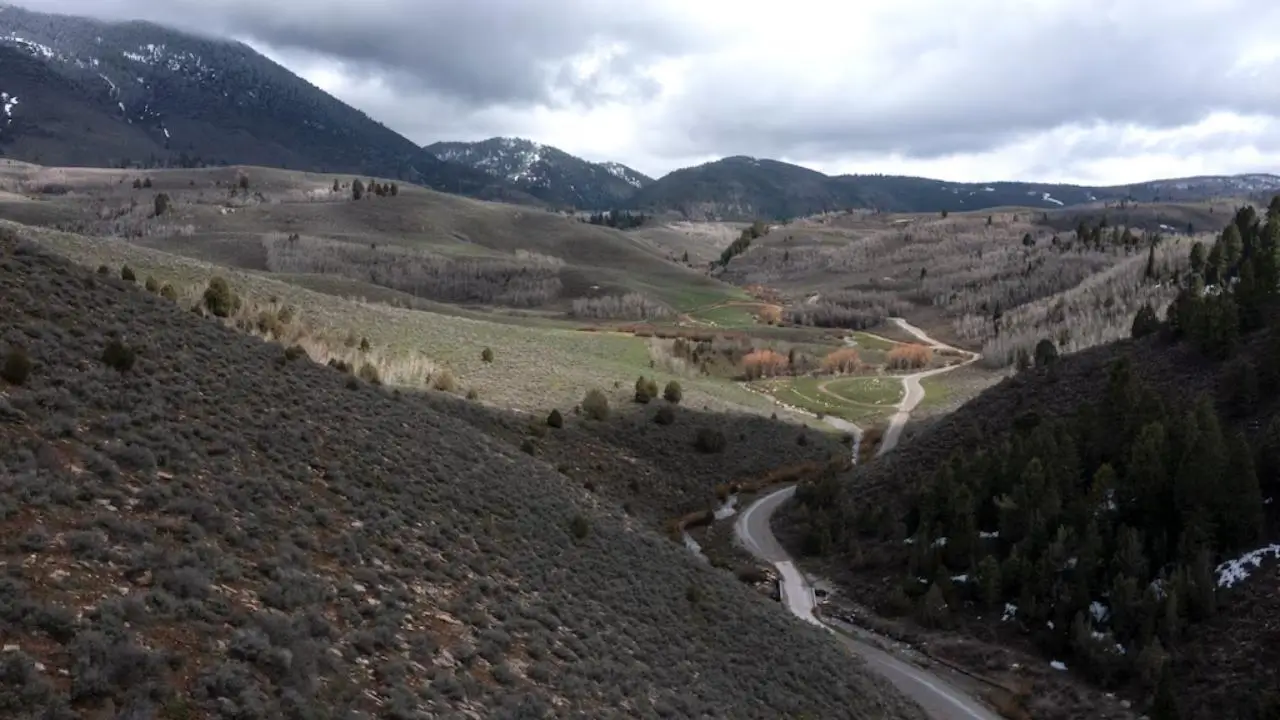Cache County, a rural area in northern Utah, is currently at the center of a growing debate about the future of its water resources. As demands on the region’s water supply intensify, questions about who benefits most from its limited resources are sparking tension. With agricultural, residential, and industrial needs all competing for water, understanding the complexities of Cache County’s water use is critical in determining a sustainable path forward.

As the county’s population grows and water resources become increasingly strained, the battle for control over water access has become one of the most pressing issues facing Cache County’s residents. At the heart of the issue is the need to balance growth and development with environmental sustainability and water conservation.
A Region Dependent on Water
Cache County has long been known for its agricultural heritage. With vast farmland stretching across the valley, farming has historically been the backbone of the local economy. The region’s water usage reflects this dependence, with over 80% of the water in Cache County being allocated to agricultural irrigation. As the county’s population has grown in recent years, so too has demand for water. This increase in demand, combined with climate factors such as drought, has put the county’s water resources under considerable strain.
Water rights are a significant issue in Cache County, governed by the principle of “first in time, first in right.” This system grants priority access to water to those who have held water rights the longest—mostly farmers and agricultural producers. However, this traditional approach to water allocation is coming into conflict with urbanization and industrial growth in the area. The influx of new residents and businesses into Cache County is putting pressure on an already limited water supply.
Who Benefits from Cache County’s Water?
The debate over water use in Cache County involves a diverse set of stakeholders, each with their own interests. The primary groups vying for access to the region’s water resources include agricultural producers, residential developers, and environmental advocates. While each group has valid concerns, the challenge lies in determining how to allocate water in a way that benefits everyone, ensuring long-term sustainability for both people and the environment.
Agricultural Interests: A Historic Claim
Agriculture has always been the dominant industry in Cache County, and many farmers in the area have held water rights for generations. These rights allow them to access a significant portion of the county’s water, which they use for crop irrigation. The relationship between farming and water in Cache County is deeply ingrained in the culture and economy of the region.
Farmers argue that preserving water for agriculture is essential to maintaining the county’s economic stability. Without sufficient water, they claim, the local economy would suffer, as crop yields would decrease, and local jobs would be lost. Moreover, many agriculturalists view water as a right earned through decades of farming in the region.
However, the current system of water allocation does not always account for the increasing demands of urban development. As residential and commercial construction expands, many local officials and developers are calling for changes to the way water is distributed. The question is whether the county’s water resources should continue to be heavily allocated to agriculture or if urban areas, where most of the population resides, should have a larger share.
Residential Growth: An Emerging Demand
As Cache County’s population continues to grow, the demand for residential water is rapidly increasing. Over the past decade, the county’s population has expanded by nearly 30%, driven in part by people moving from larger cities seeking a more rural lifestyle. This growth is putting added pressure on water supplies, particularly in urban areas like Logan, the county’s largest city.
With more homes being built and more residents requiring water for daily living, the needs of the urban population are becoming an important consideration in the water debate. Residential development projects, which include new homes, schools, and businesses, all require access to water, sometimes diverting resources from other sectors, particularly agriculture.
The challenge for local officials is finding a way to meet the growing demands of the urban population without compromising the region’s agricultural legacy. As cities expand, the pressure to shift water resources from rural farming communities to urban areas is intensifying.
Environmental Advocacy: Protecting Long-Term Sustainability
Environmentalists are raising concerns that Cache County’s current approach to water allocation is not sustainable. The rapid depletion of groundwater reserves and decreasing river flows due to overuse and climate change is threatening the region’s environmental health. In recent years, the county’s aquifers have been dropping at alarming rates, and many environmental experts warn that if the current trends continue, Cache County will face serious water shortages within the next few decades.
Environmental advocates argue that water allocation should prioritize conservation and sustainability, ensuring that the region’s natural ecosystems and water supplies remain viable for future generations. They point out that maintaining healthy rivers, streams, and aquifers is essential not only for wildlife but also for agricultural production, as healthy ecosystems are the foundation of a sustainable farming economy.
Environmental organizations have called for more stringent regulations on water use, including measures to promote water conservation in both agricultural and urban settings. Proposals include implementing advanced irrigation technologies, encouraging water recycling, and increasing the efficiency of water use in agriculture. By adopting such measures, environmentalists believe Cache County could significantly reduce its overall water consumption while still meeting the needs of its growing population.
Water Management: Striking a Balance
The debate over water use in Cache County highlights the need for more effective water management strategies. The current system, which heavily favors agricultural water use, may no longer be suitable given the region’s changing demographic and environmental conditions. A more balanced approach is necessary to ensure that all stakeholders have equitable access to water without overburdening the resource.
One potential solution lies in the development of more sustainable irrigation practices. Modern irrigation techniques, such as drip irrigation and moisture sensors, can help reduce water usage in agriculture while still ensuring that crops receive the water they need. These technologies not only conserve water but also improve the efficiency of farming operations.
Water recycling and reuse programs could also play a crucial role in mitigating water shortages. These programs would allow water used in homes and industries to be treated and returned to the system for use in agriculture or other sectors. With proper infrastructure and public support, such initiatives could significantly increase the availability of water for all users in Cache County.
Moreover, increasing public awareness about the importance of water conservation could help foster a more cooperative approach to managing the county’s resources. By encouraging residents to reduce their water consumption, the community could collectively contribute to maintaining a sustainable water supply.
Massive Development Projects Quietly Approved in Cache County — Are You Ready for What’s Coming?
Looking Toward the Future
The future of Cache County’s water use is still uncertain, and significant challenges lie ahead. As the population continues to grow and climate change accelerates, finding a sustainable balance between agricultural, residential, and environmental needs will become increasingly difficult.
However, there is hope that by adopting innovative water management practices and fostering greater collaboration among stakeholders, Cache County can navigate these challenges and secure a reliable water supply for generations to come. The key to success will be in balancing the needs of all parties involved, ensuring that the county’s water resources are used efficiently and fairly.
As Cache County’s water use debate continues to unfold, the stakes are high for both the people and the environment. With careful planning and a focus on sustainability, it is possible for the county to address its water challenges and emerge with a solution that benefits all stakeholders.
The outcome of this debate will likely serve as a model for other rural communities facing similar water scarcity issues. How Cache County addresses its water crisis could shape the future of water policy across the western United States, where water shortages and competition for resources are growing concerns.
In the end, the question of who truly benefits from Cache County’s water resources may not have a simple answer. But finding a fair and sustainable solution is crucial for the county’s future, and the decisions made today will determine how the region’s precious water resources are managed for years to come.

















